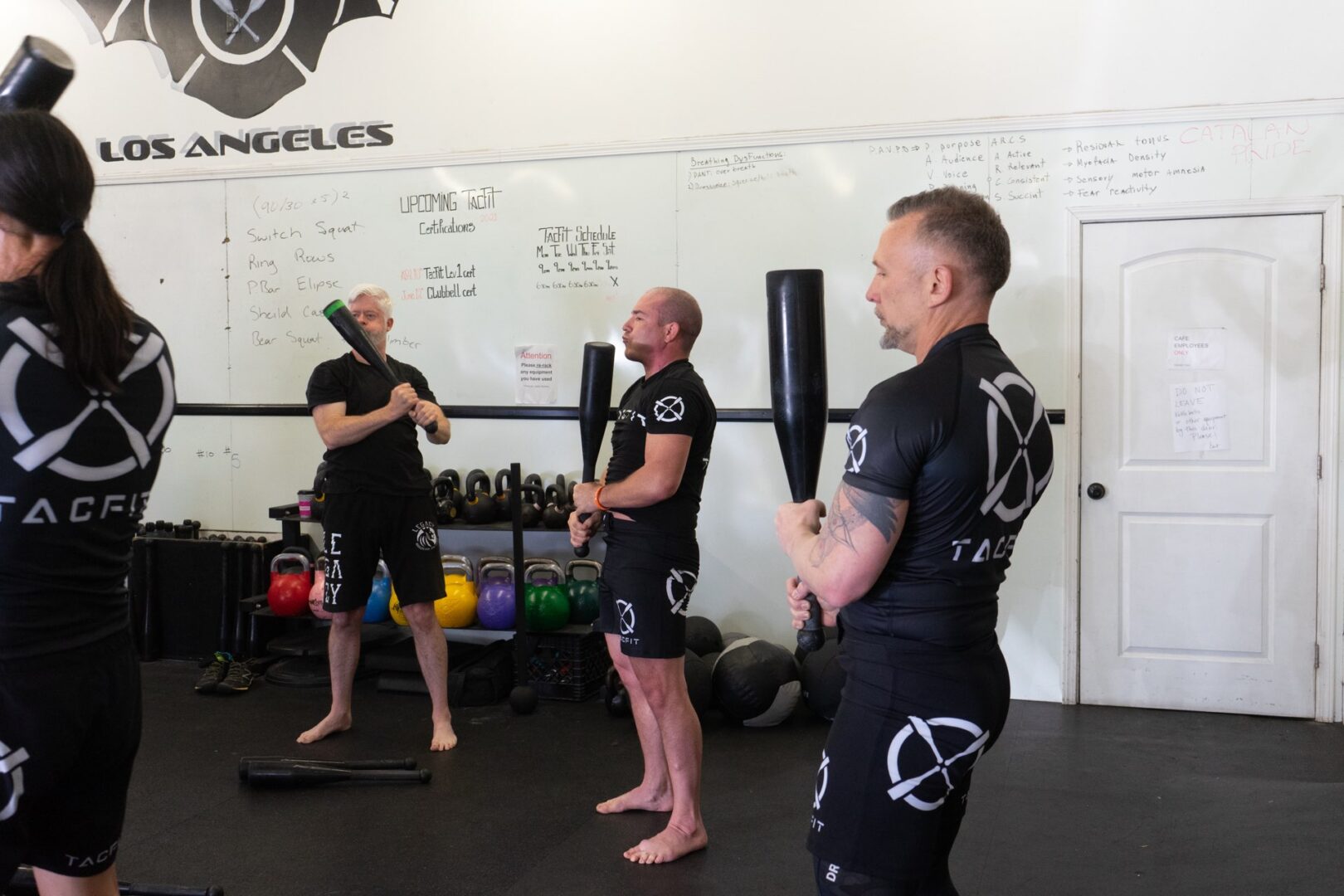The following are the primary ranges of motion in the shoulder that are lost with two-dimensional training:
1. Flexion is defined as bending the joint, which results in a decrease in the angle of the joint; bringing the upper arm upward to the front; involves the Deltoid (anterior), Deltoid (lateral), Pectoralis major (clavicular head), and Coracobrachialis muscles; Biceps brachii, sometimes known as the “short head,” and,
2. Extension: Straightening the joint, which results in an increase in angle; moving the upper arm down toward the back; including the Latissimus dorsi, Deltoid (posterior), Pectoralis major (sternal head), Teres major, and Triceps brachii muscles (long head).

Because of their limited mobility, a lot of people turn to physical therapy, although this treatment might or might not be effective. However, while an injury may cause a loss of movement, decreased movement itself is not always an indication of harm.
The “Back Position” with the clubbell helps restore lost shoulder flexion and extension, in addition to transverse adduction and medial/lateral rotation on the outside of the arm. Incorporating straightforward clubbell exercises into your workout routine will help recover lost movement, which in turn leads to increased potential, decreased soreness, and increased power in two-dimensional lifts.
Use our Subscription Plan options to gain access to dozens of clubbell programs that will improve your general mobility while also increasing your strength and health.

